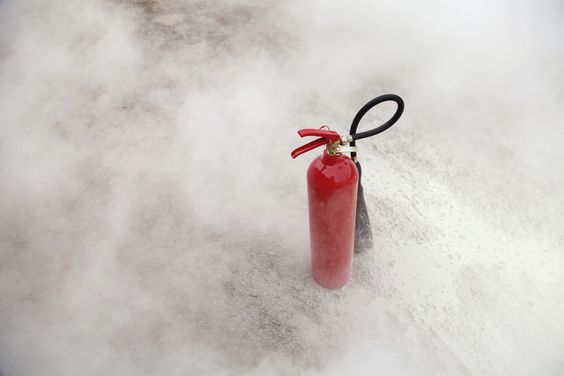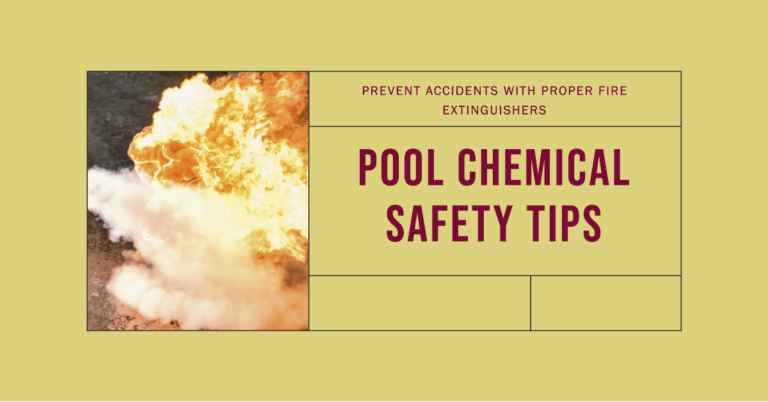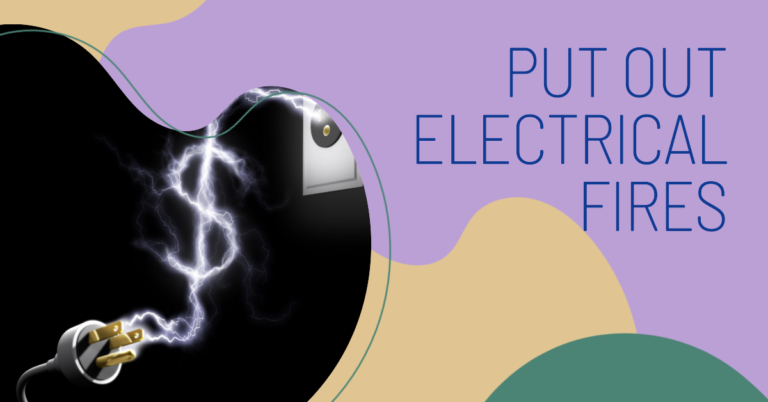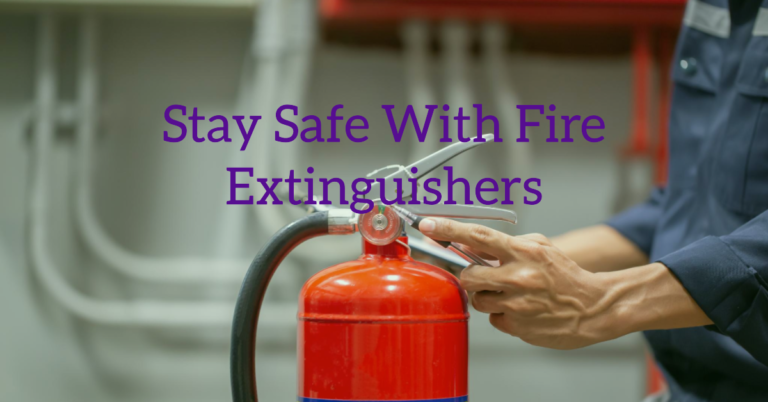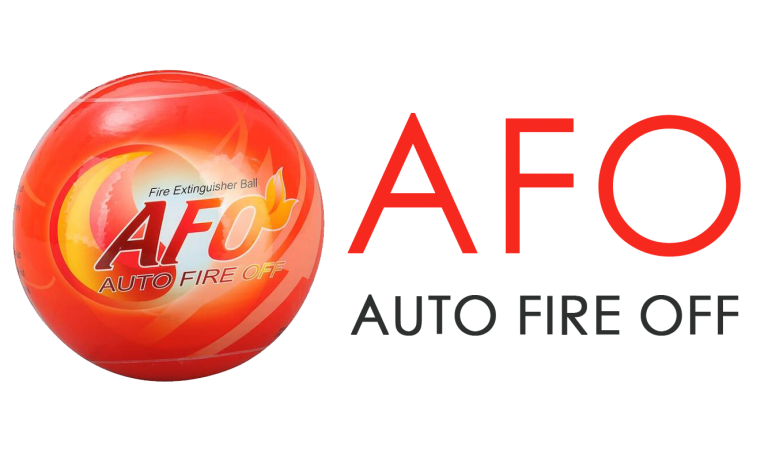Last Updated on March 25, 2024 by Allen
What type of fire extinguisher is used for electrical equipment?, use CO2 fire extinguishers. These are safe for electric equipment and work by suffocating the fire. Halotron and dry chemical extinguishers are also suitable for such fires. Make sure you unplug equipment before extinguishing, wear protective gear, and follow proper procedures. By using the right extinguisher, you keep risks at bay and protect yourself and the environment. Understanding the types of fire extinguishers for specific situations is vital for your safety. More information on this subject can help you improve your fire safety preparedness.

Types of Fire Extinguishers
When choosing a fire extinguisher, consider the different types available to ensure you have the right one for the job. There are five main types of fire extinguishers commonly used: water, foam, dry powder, CO2, and wet chemical.
Water extinguishers are suitable for Class A fires involving materials like paper and wood. Foam extinguishers work well for Class A and B fires, which involve flammable liquids like petrol. Dry powder extinguishers are versatile, suitable for Class A, B, and C fires, involving flammable gases. CO2 extinguishers are ideal for electrical fires, as they don’t leave any residue. Wet chemical extinguishers are specifically designed for Class F fires, involving cooking oils and fats.
Classifications and Uses
You need to consider the classifications and uses of fire extinguishers for electrical equipment, it’s essential to understand the different types available and the safety precautions associated with each.
By knowing the specific class of fire the extinguisher is designed for, you can effectively combat electrical fires and minimize risks.
Familiarizing yourself with these classifications and proper usage guidelines is vital for ensuring the safety of both individuals and property in the event of an electrical fire.
Types of Extinguishers
Understanding the classifications and uses of different types of fire extinguishers is vital for effectively combating various types of fires. When it comes to selecting the right extinguisher, it’s essential to match the type of fire to the appropriate extinguishing agent.
Here are some common types of fire extinguishers and their uses:
- Water Extinguishers: Suitable for Class A fires involving materials like wood and paper.
- CO2 Extinguishers: Effective for electrical fires (Class C) as they don’t leave residue that could harm electrical equipment.
- Dry Chemical Extinguishers: Versatile option for Class A, B, and C fires, making them a good choice for general use.
Safety Precautions
To guarantee safety and effectiveness in combating fires, it’s essential to comprehend the classifications and proper uses of different types of fire extinguishers.
When dealing with electrical equipment fires, it’s important to choose a Class C extinguisher specifically designed for such situations. These extinguishers are non-conductive and safe to use on energized electrical equipment.
Always remember never to use water-based extinguishers on electrical fires as they can conduct electricity and pose a significant risk of electric shock.
Additionally, make sure that all individuals in the area are aware of the fire extinguisher locations and how to operate them correctly. Regularly inspect and maintain the extinguishers to guarantee they’re in proper working condition when emergencies arise.
Understanding Electrical Fires
Because electricity is unpredictable, electrical fires pose unique hazards. When dealing with these fires, it’s important to understand their characteristics:
- Fast Spread: Electrical fires can spread rapidly, making it essential to act swiftly.
- Invisible Threat: Unlike other fires, electrical fires may not always be visible, making them harder to detect.
- Risk of Re-ignition: Even after extinguishing an electrical fire, there’s a risk of re-ignition due to residual heat.
Types for Equipment
Consider the following types suitable for use on electrical equipment:
- Carbon Dioxide (CO2) extinguishers
- Clean Agent (Halotron) extinguishers
- Dry Chemical extinguishers
These types are specifically designed to handle Class C fires, which involve energized electrical equipment. By having the appropriate fire extinguisher readily available, you can be prepared to handle electrical fires swiftly and effectively.
Safety in Use
Class C fires involve energized electrical equipment, so using the wrong type of extinguisher can be dangerous. Look for extinguishers labeled as suitable for use on electrical fires, typically containing non-conductive extinguishing agents like dry chemical powder or carbon dioxide. These types of extinguishers smother the fire without conducting electricity, reducing the risk of electric shock.
Proper Handling and Safety Measures
To guarantee safety when handling electrical equipment, always remember to follow proper handling procedures and precautions. Here are some essential safety measures to keep in mind:
- Always unplug the equipment: Before performing any maintenance or troubleshooting tasks, make sure the equipment is disconnected from the power source to avoid electric shocks.
- Use insulated tools: When working on electrical devices, use tools with insulated handles to prevent accidental contact with live components.
- Wear personal protective equipment: It’s important to wear appropriate gear such as insulated gloves and safety goggles to protect yourself from potential electrical hazards.

